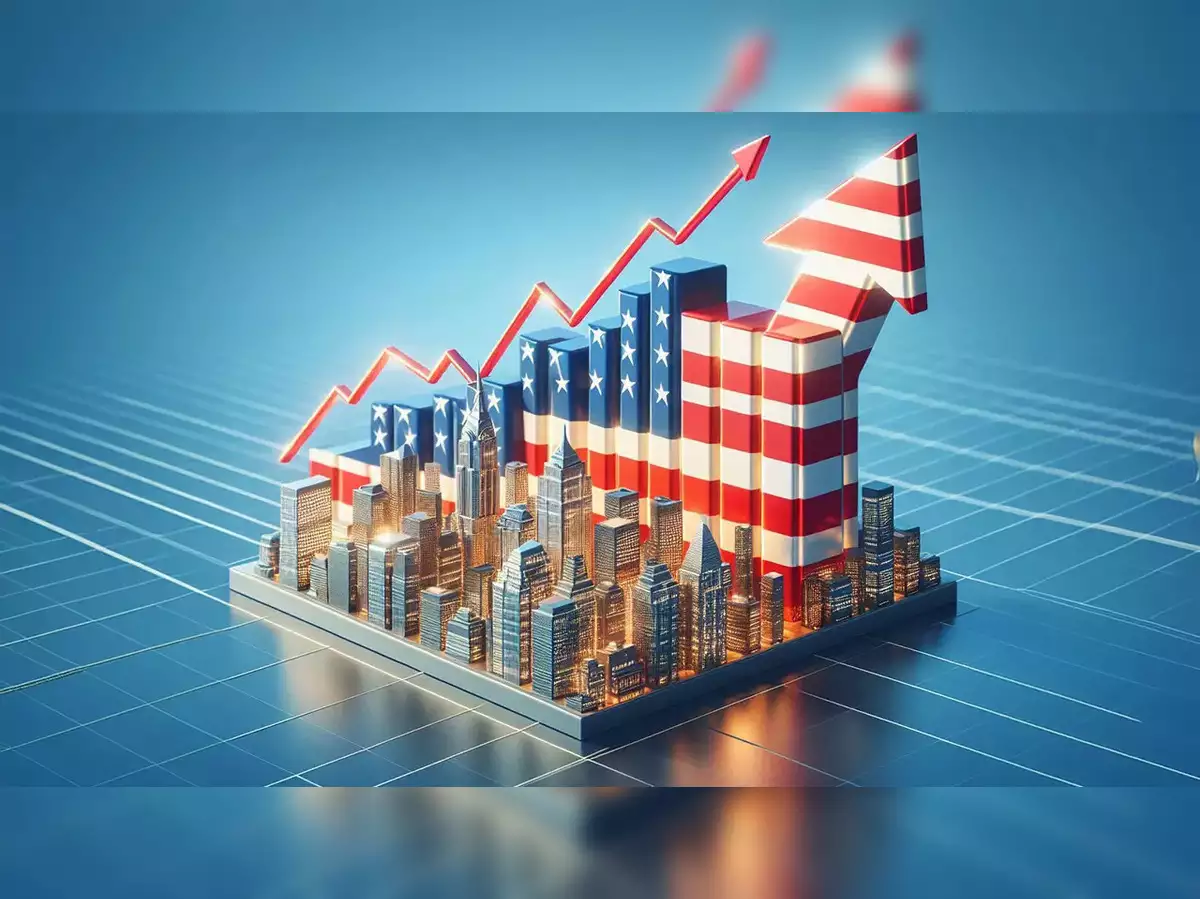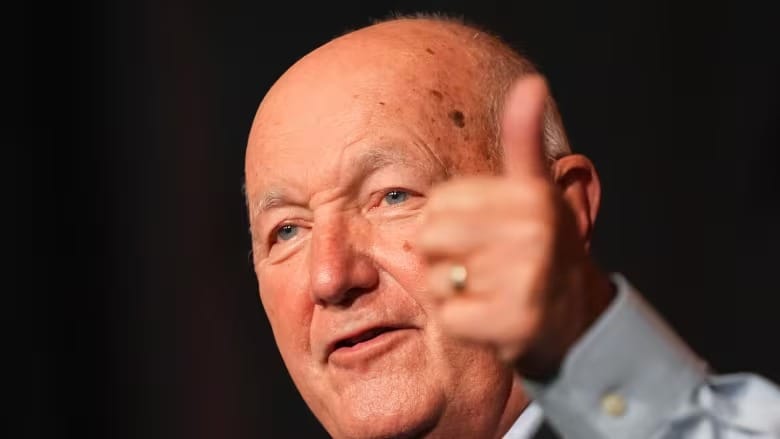US economy grew at a solid 3% rate last quarter, government says in final estimate
The Commerce Department reported that the nation’s gross domestic product — the nation’s total output of goods and services — picked up sharply in the second quarter from the tepid 1.6% annual rate in the first three months of the year.

WASHINGTON (AP) — The U.S. economy grew at a robust annual rate of 3% from April to June, driven by strong consumer spending and business investment, according to a government report released on Thursday, which maintained its previous estimate.
The Commerce Department stated that the gross domestic product (GDP)—the total output of goods and services—showed a significant increase in the second quarter compared to the modest 1.6% annual rate in the first quarter of the year.
Consumer spending, the key engine of the economy, rose at a 2.8% pace last quarter, slightly down from the 2.9% rate initially estimated by the government. Business investment remained strong, increasing at an impressive 8.3% annual rate, with a notable 9.8% rise in equipment investment.
The latest GDP estimate for the April-June period revealed that inflation continues to decline, settling just above the Federal Reserve's 2% target. The central bank's preferred inflation measure—the personal consumption expenditures index (PCE)—rose at a 2.5% annual rate last quarter, down from 3% in the first quarter. When excluding volatile food and energy prices, core PCE inflation increased at a rate of 2.8%, down from 3.7% between January and March.
The U.S. economy, the largest in the world, has shown remarkable resilience despite 11 interest rate hikes by the Fed in 2022 and 2023 aimed at combating the worst inflation seen in four decades. After peaking at 9.1% in mid-2022, annual inflation as measured by the consumer price index has dropped to 2.5%.
Despite rising borrowing rates, the economy continued to grow, and employers continued to hire. However, signs of weakness have emerged in the job market recently. Between June and August, U.S. employers added an average of just 116,000 jobs per month, the lowest three-month average since mid-2020, when the COVID pandemic severely impacted the economy. The unemployment rate has risen from a historic low of 3.4% last year to 4.2%, which remains relatively low.
In response to the steady decrease in inflation and signs of a sluggish job market, the Fed last week cut its benchmark interest rate by a significant half-point. This marked the first rate cut in more than four years and reflects the Fed's renewed focus on bolstering the job market now that inflation has largely been brought under control.
"The economy is in pretty good shape," said Bill Adams, chief economist at Comerica Bank, in a commentary.
He added, "After a significant rate cut in September and with additional cuts anticipated by early 2025, sectors sensitive to interest rates, such as housing, manufacturing, auto sales, and the retailing of major consumer goods, should see improvement over the next year. Lower rates will support a recovery in job growth and likely stabilize the unemployment rate around its current level in 2025."
Several economic indicators remain strong. For instance, Americans increased their retail spending last month, indicating that consumers are still willing and able to spend more despite the cumulative effects of three years of high inflation and elevated borrowing costs. Industrial production in the country rebounded, and single-family home construction has significantly increased compared to the same period last year.
This month, consumer sentiment rose for the third consecutive month, according to preliminary data from the University of Michigan. The improved outlook was driven by "more favorable prices as perceived by consumers" for durable goods such as cars, appliances, and furniture.
A specific category within GDP that measures the economy's underlying strength rose at a solid 2.7% annual rate, although this was a slight decrease from the 2.9% growth in the first quarter. This category encompasses consumer spending and private investment but excludes volatile components like exports, inventories, and government expenditure.
While the Fed believes inflation is largely under control, many Americans remain frustrated with still-high prices for groceries, gasoline, rent, and other essentials. Former President Donald Trump has attributed the inflation surge to the Biden-Harris administration. In response, Vice President Kamala Harris has argued that Trump's proposal to impose tariffs on all imports would further increase prices for consumers.
On Thursday, the Commerce Department also released revisions to prior GDP estimates. From 2018 to 2023, growth rates were generally higher, averaging an annual rate of 2.3%, up from a previously reported 2.1%, mainly due to upward revisions in consumer spending. The revisions indicated that GDP grew by 2.9% last year, an increase from the previously reported 2.5%.
Thursday's report serves as the government's third and final estimate of GDP growth for the April-June quarter. The initial estimate for GDP growth from July to September will be released on October 30. A forecasting tool from the Federal Reserve Bank of Atlanta predicts that the economy expanded at a 2.9% annual rate from July through September.





